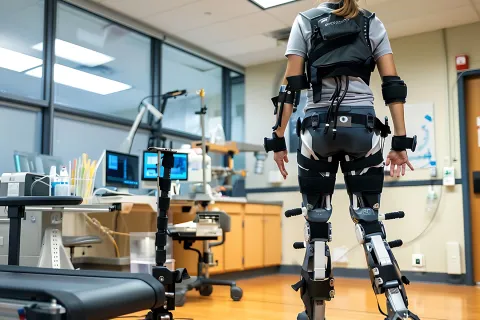
Over the past few decades, the use of software has drastically advanced and brought about rapid changes in the medical device industry. The increasing importance of software in medical devices and the patient’s experience is crucial for further developments. However, SaMD has challenges for both regulators and the medical device industries alongside the new opportunities.
While developing a SaMD, the main task lies in filing compliant documents for pre-market submissions. Hence, the global Regulatory Agencies guide composes the right documentations, avoids market-entry risks, and ensures patient safety and device efficiency. In recent times, the FDA has mentioned the essential documents needed for a SaMD pre-market submission. Let’s get to know them.
1. To create a pre-market submission for SaMD, the first step is to determine and document the device’s Level of Concern (LoC). LoC is an estimate of the severity of the injury the device can cause to a patient or operator, either directly or indirectly. The FDA defines and uses the following three levels of concern.
- Minor: Any failures or design faults are unlikely to cause injury
- Moderate: A failure or latent design flaw could result in minor injury
- Major: A failure or latent design flaw could result in major injury or death
2. The FDA recommends describing the device software, a comprehensive overview of both the device features controlled by the software and the intended operating environment. As per the FDA, the device software description should include:
- Features and functionalities
- Intended use
- Programming language
- Hardware platform
- Operating system
3. A document of device hazard analysis should be included with pre-market submission for all the software devices. This document will identify and assess all the possible hazards associated with the device’s intended use for both software and hardware. Under ISO 14971:2019, risk evaluation, risk analysis, and risk control should be conducted and documented thoroughly. The FDA recommends including the following information for device hazard analysis:
- Identification of each hazardous event
- Cause and severity of hazards
- Risk control methods
- Any corrective actions taken
- Verification of the risk controls
4. Software Requirements Specification (SRS) is a document relating to the software’s function, performance, interface, design, and development. A summary of the SRS is required for pre-market submission if the medical device software has a minor LoC. Whereas, for a medical device with moderate and major LoC, the FDA recommends submitting detailed documentation as mentioned below.
- Hardware requirements
- Programming language requirements
- Interface requirements
- Software performance and functional requirements
5. Verification and Validation (V&V) testing documents are required for all submissions, irrespective of the LoC. Verification confirms that specific outputs for a phase of development meet the required inputs, and validation confirms that the device specifications conform with the device’s intended use and user needs. As mentioned below, the FDA recommends different documentation for each LoC.
Documents for minor LoC -
- Device or system-level testing
- Integration testing (where appropriate)
- Your system or device level pass/fail criteria
- Summary of test results
Documents for moderate LoC -
- Validation and verification activities summary list and their results
- Your system/device level pass/fail criteria
- Your traceability analysis should effectively link these activities and
- results to your design requirements and specifications
Documents for major LoC -
- Moderate LoC list information
- Any failed tests description
- Description of modifications made as a result of failed tests
- Documentation of tests that showed modifications were successful
- A summary of results and examples of unit integration testing
Finally, any manufacturer building a medical device with software or a SaMD must file all the above documents for pre-market submissions. To streamline the pre-market submission process and avoid any kind of Regulatory pitfalls, get in touch with a proven Regulatory expert. Contact Freyr. Stay informed. Stay compliant.









